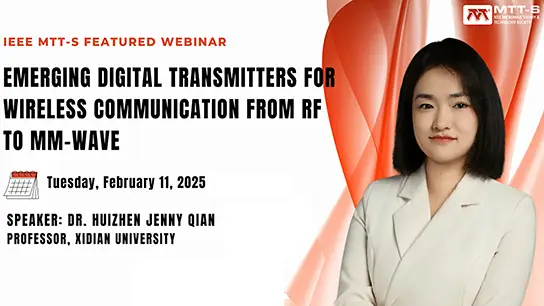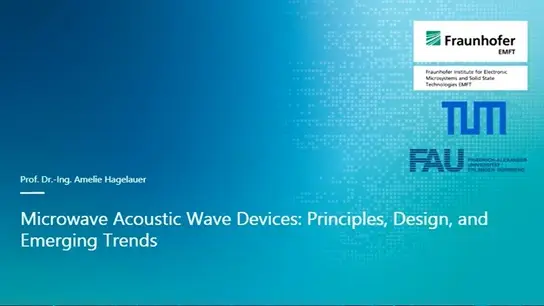-
Members: FreeMTT
IEEE Members: $9.00
Non-members: $14.00Pages/Slides: 47
01 Jun 2018
Imaging is constructing a two-dimensional or three-dimensional map of a certain physical property of the object to be imaged. There are different types of imaging, the well-known of which is photography, which maps the object surface optical reflectivity. A second example is acoustic imaging, in which the material density is the object physical property that is mapped. Microwave imaging on the other hand maps the permittivity and conductivity of the imaged object. Magnetic-Resonance Imaging (MRI) basically maps the concentration of the hydrogen nuclei in the imaged object. Almost all fundamental particles (electrons, protons … etc.) possess a characteristic spin magnetic moment. Applying a strong static magnetic field to an object, results in directing these spins parallel and anti-parallel to the applied magnetic field. This gives rise to two energy states, whose populations are governed by the laws of thermodynamics. If, in addition, an RF field of a certain frequency is properly applied for a certain time, the spins start to precess about the direction of the static magnetic field disturbing the thermodynamic equilibrium. During the process of restoring the thermodynamic equilibrium, the spins radiate an electro-magnetic field which can be received and used for constructing the MR images. The strength of the static magnetic field plays a key role in the quality and resolution of the obtained images. In this talk, the fundamentals of MRI are firstly presented. Technical aspects related to the generation and detection of the RF field are emphasized. One of these aspects is the design of RF coils capable of generating homogeneous magnetic field (homogeneous illumination) within the object to be imaged. We will discuss applying a number of well-known antenna techniques such as Beam Forming and Butler Matrix to advanced Magnetic Resonance Imaging. Special emphases are put on imaging systems utilizing high static magnetic fields for improving resolution.


